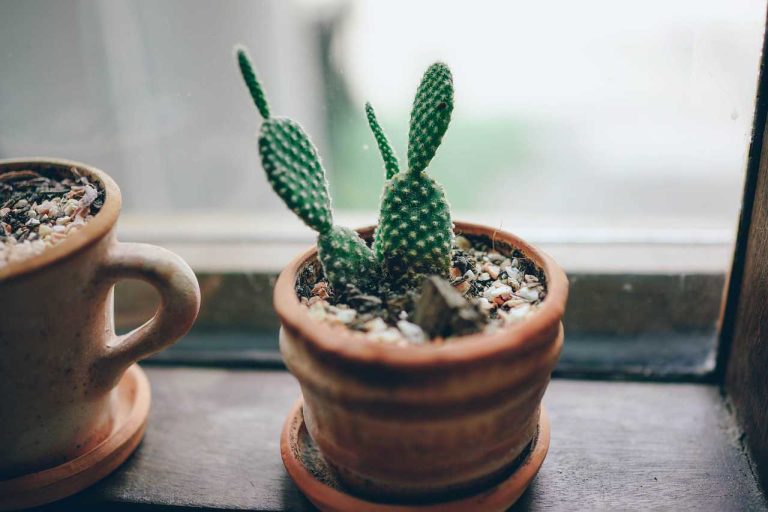Medicinal gardening is the practice of cultivating plants that possess medicinal properties for use in alternative medicine and home remedies. This tradition has been implemented for centuries and is gaining popularity today as people seek natural and holistic cures for common ailments. This e-book delves into the benefits of medicinal gardening, the numerous types of medicinal plants that can be grown, and how to cultivate and use them.
Chapter 1: Benefits of Medicinal Gardening
Medicinal gardening offers the following benefits:
- Cost-effective: Home-grown medicinal plants are more economical than expensive pharmaceuticals.
- Organic: Medicinal plants grown in your garden are free of hazardous chemicals and are completely organic.
- Sustainable: Cultivating medicinal plants is a sustainable and eco-friendly way to provide for your health needs.
- Educational: Medicinal gardening is an excellent way to get acquainted with different plants and their traditional applications.
- Aesthetic: Medicinal plants are often very attractive and add a pop of color and texture to your garden.
- Therapeutic: Gardening is a soothing and stress-reducing activity that can provide numerous health benefits.
Chapter 2: Types of Medicinal Plants
There are a vast number of medicinal plants that can be grown in your garden. Some of the most common types include:
- Aloe Vera: This succulent plant has been used for thousands of years to manage skin conditions and wounds.
- Calendula: This flowering plant possesses anti-inflammatory and antiseptic properties and is suitable for treating a diverse range of skin conditions.
- Chamomile: This flowering herb has calming properties and can be used to treat anxiety, insomnia, and stomach-related issues.
- Echinacea: This flowering plant is effective in enhancing the immune system and preventing colds and respiratory infections.
- Garlic: This bulbous plant has antimicrobial properties and can be used to manage infections and reduce cholesterol levels.
- Ginger: This root has anti-inflammatory properties and can be used to combat nausea, headaches, and other ailments.
- Lavender: This aromatic herb has relaxing properties and can be used to alleviate anxiety, insomnia, and headaches.
- Peppermint: This herb has anti-inflammatory and antispasmodic properties and can be used to treat digestive issues and headaches.
- Sage: This herb has antimicrobial properties and can be used to alleviate sore throats, coughs, and other respiratory problems.
- St. John’s Wort: This flowering plant has antidepressant qualities and can be used to treat mild to moderate depression.
Chapter 3: Cultivating Medicinal Plants
When cultivating medicinal plants, it’s crucial to select a spot with quality soil, adequate sunlight, and proper drainage. Some medicinal plants can be grown in containers, while others require more space and can be cultivated in a dedicated garden bed. The following are some tips for cultivating medicinal plants:
- Soil: Medicinal plants flourish in well-drained soil rich in organic matter. Adding compost or other organic amendments to your soil is beneficial.
- Watering: Most medicinal plants require regular watering, but overwatering may result in root rot, so be cautious.
- Fertilization: While some medicinal plants require regular fertilization, others do not. Conduct research on the specific needs of the plants you are cultivating.
- Pruning: Consistent pruning promotes healthy growth and prevents disease.
- Harvesting: Proper harvesting processes are essential to maintain the effectiveness of the medicinal plant.
